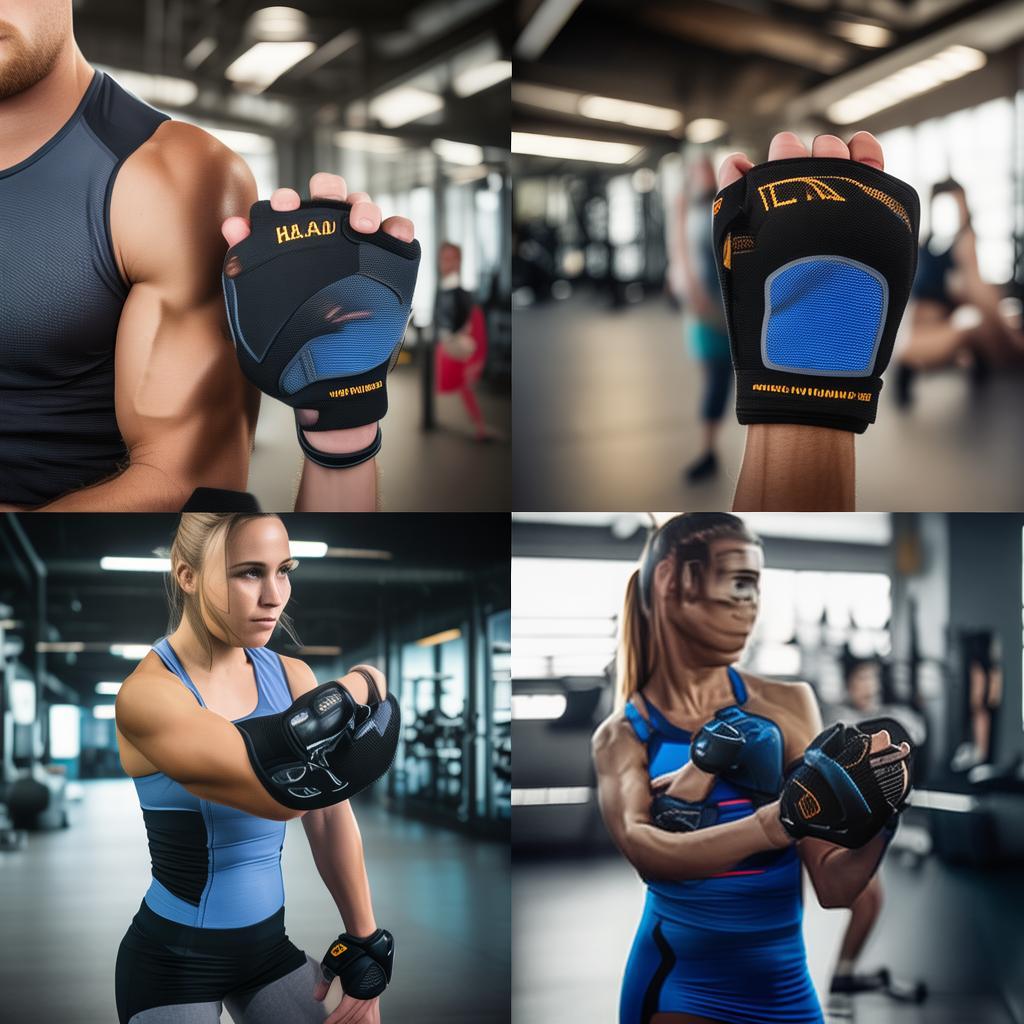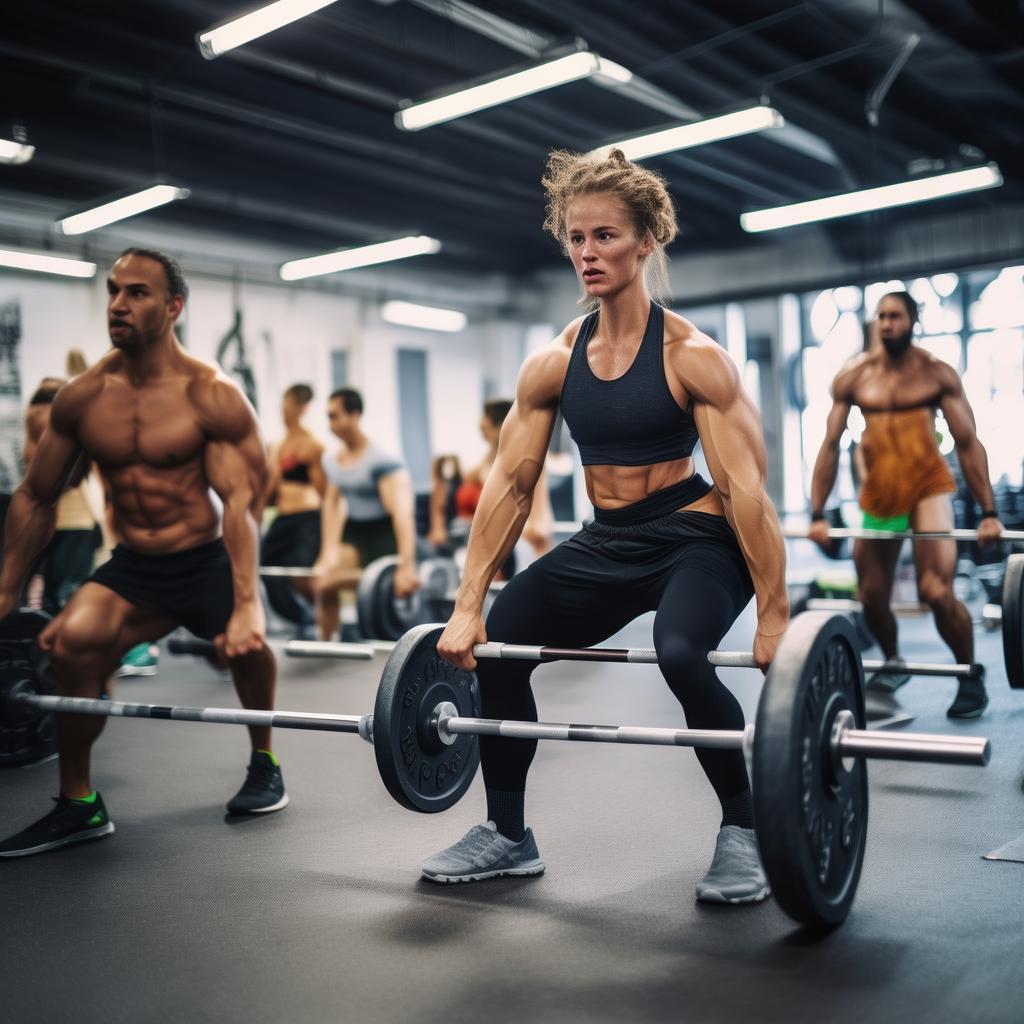Introduction
Protective gear plays a crucial role in training, making it twice as effective and safeguarding against injuries. While proper use can maximize training gains, blind application may lead to harm. With numerous gear – related ads, recommendations, and tips on the internet, it’s easy to get confused. Today, we’ll focus on wrist guards, an important part of protective gear.
Understanding the Wrist
The wrist is one of the most complex joints in our body. The hand and wrist together contain 27 bones, with 8 small carpal bones in the wrist. These carpal bones, along with the ulna and radius of the forearm, form the wrist joint. The metacarpals make up the palmar surface, connecting to the carpal bones proximally and the fingers and thumb distally. The distal end of the hand is composed of phalanges for the fingers and thumb. The palm’s upper part has eight rectangular – shaped carpal bones arranged in two rows. The wrist is a complex joint with multiple joints like the radial carpal, intercarpal, and carpometacarpal joints, enabling a wide range of movements such as flexion, extension, abduction, adduction, and circular motions.
However, this flexibility also makes it vulnerable to injuries in weight – bearing sports. Common wrist problems include the triangular fibrocartilage complex (tfcc) injury, which is a group of important structures on the ulnar side of the wrist. Its complex anatomy and functions make it prone to trauma and degeneration, and rehabilitation can be difficult. Carpal tunnel syndrome, often called mouse hand, is caused by the narrowing of the carpal tunnel, compressing the median nerve and causing finger numbness. Tenosynovitis, also related to improper use of the wrist and surrounding muscles, can cause arm soreness due to soft – tissue strain and nerve compression.
Wrist Guards: Origins and Types
Although the exact date of the first wrist brace is unknown, the first patent was issued in 1901 to Russian – American Vitold Drosness in New York. Wrist guards can be categorized into protective and strength wrist guards.
Protective wrist guards are commonly used in sports like tennis and badminton, mainly to prevent sweat from wetting the racket, though they offer limited stability. Strap – on protective wrist guards, used in combat sports like boxing, are wider (about 6 cm) and longer (about 4 m). They are more like hand guards, protecting against various injuries and providing stability for the wrist, metacarpals, and finger bones.
Strength wrist guards, typically 60cm – 90cm long, are worn during strength training. They vary in hardness depending on the material and are designed to support the wrist and keep it in a neutral position. In powerlifting competitions, the maximum allowed length is 90cm, while 60cm – 80cm is sufficient for daily training.
Wrist Guards in Different Training Scenarios
Lower Body Training
Surprisingly, wrist guards can be necessary for squats. For high – bar squats, they are usually not required. But for powerlifters or those who prefer low – bar squats with heavy weights, wrist guards may be essential. In low – bar squats, the bar is placed on the posterior deltoid bundle, and as the weight increases, the pressure on the wrists also rises. The limited shoulder mobility can affect hand positioning and, in turn, the wrists. For example, in a low – bar full grip squat, wrist guards may be needed, while in other grips like the low – bar three – finger grip squat (advocated by some powerlifters), they may not be necessary.
In overhead squats and deadlifts in weightlifting and Crossfit, a softer type of wrist brace, more like a bandage, is used to support and stabilize the wrist while allowing some hand flexibility. Some athletes even wear bandages all the time during training, and there are adjustable wrist braces suitable for novice athletes.
Upper Body Training
In upper body training, wrist guards are of great importance. In bench press and push press, they help maintain a neutral wrist position, enhancing stability and support. In the bench press, bending the wrist is dangerous, and wearing wrist guards can increase stability. In the push press, proper grip is crucial; one should touch the barbell with the heel of the palm instead of the tip to avoid wrist wobbling. Wrist guards can also be used in other movements that may stress the wrist, such as bicep curls and hard pulls. However, in daily training, it’s advisable to wear them mainly for large – weight bench presses and push presses, and not for light – weight movements like two – headed curls.
Conclusion
There are different types of wrist guards for various sports and training scenarios, including strength wrist guards for squatting, pushing, and pulling; Crossfit wrist guards for weightlifting and daily training; protective wrist guards for tennis and badminton; and taping wrist guards in boxing. The best way to deal with wrist injuries is prevention. We hope this guide helps you understand the importance of wrist protection and the proper use of wrist guards.





